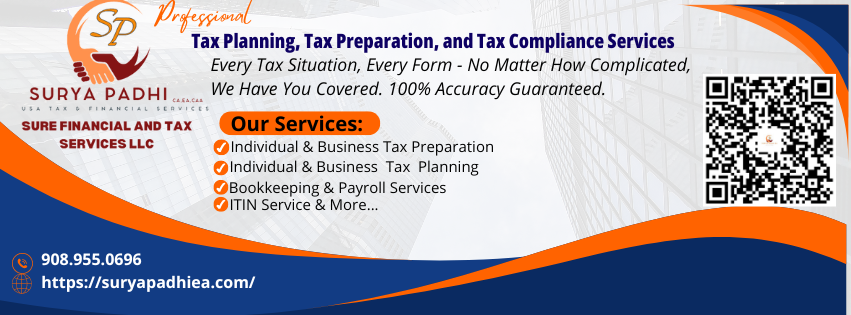When planning for retirement, choosing the right investment vehicle can make a significant difference in your financial future. If you work for a nonprofit, public school, or certain government organizations, you likely have access to a 403(b) retirement plan. But should you go with a Roth 403(b) or a Traditional 403(b)?
In this article, we’ll break down the key differences, tax implications, and strategic considerations to help you make an informed decision.
🔍 What Is a 403(b) Plan?
A 403(b) plan is a tax-advantaged retirement account designed for employees of:
- Public schools
- Nonprofit organizations
- Religious institutions
- Certain government agencies
It works similarly to a 401(k), offering both Traditional (pre-tax) and Roth (after-tax) contribution options.
💼 Roth 403(b) vs Traditional 403(b): Key Differences
| Feature | Traditional 403(b) | Roth 403(b) |
| Contributions | Pre-tax | After-tax |
| Tax Benefit Now | Reduces current taxable income | No immediate tax benefit |
| Tax on Withdrawals | Taxable | Tax-free (if qualified) |
| Required Minimum Distributions (RMDs) | Yes | Yes (unless rolled into Roth IRA) |
| Best For | Those expecting lower tax rates in retirement | Those expecting higher tax rates in retirement |
💰 Tax Implications
Traditional 403(b)
- Contributions are tax-deferred, reducing your taxable income today.
- Withdrawals in retirement are taxed as ordinary income.
Roth 403(b)
- Contributions are made with after-tax dollars.
- Qualified withdrawals (after age 59½ and 5 years) are 100% tax-free, including earnings.
📊 2025 Contribution Limits
- Standard limit: $23,500
- Catch-up (age 50–59): $31,000
- Special catch-up (age 60–63): $34,750
These limits apply combined across both Roth and Traditional 403(b) accounts.
🧠 Which One Should You Choose?
Choose Traditional 403(b) if:
- You want to lower your taxable income now.
- You expect to be in a lower tax bracket in retirement.
- You’re in your peak earning years.
Choose Roth 403(b) if:
- You’re early in your career and in a lower tax bracket.
- You want tax-free income in retirement.
- You expect tax rates to rise in the future.
Consider both for tax diversification:
Many financial advisors recommend contributing to both types to hedge against future tax uncertainty.
✅ Final Thoughts
Choosing between a Roth 403(b) and a Traditional 403(b) depends on your current income, future tax expectations, and retirement goals. Both offer powerful tax advantages—you just need to decide when you want to pay the taxes: now or later.
📈 Ready to Maximize Your Retirement Strategy?
If you’re unsure which option fits your financial goals, consider speaking with a fiduciary financial advisor. Or, reach out to us at Sure Financials—we’re here to help you build a retirement plan that works for your future.Contact Sure Financials for any question and clarification. Visit Welcome | Sure Financials & Tax Services, LLC (surefintaxsvs.com) for more information and contact us by calling +1908.955.0696.

